The worst wildfires in California history
Total damage from the ongoing fires could be up to $150 billion

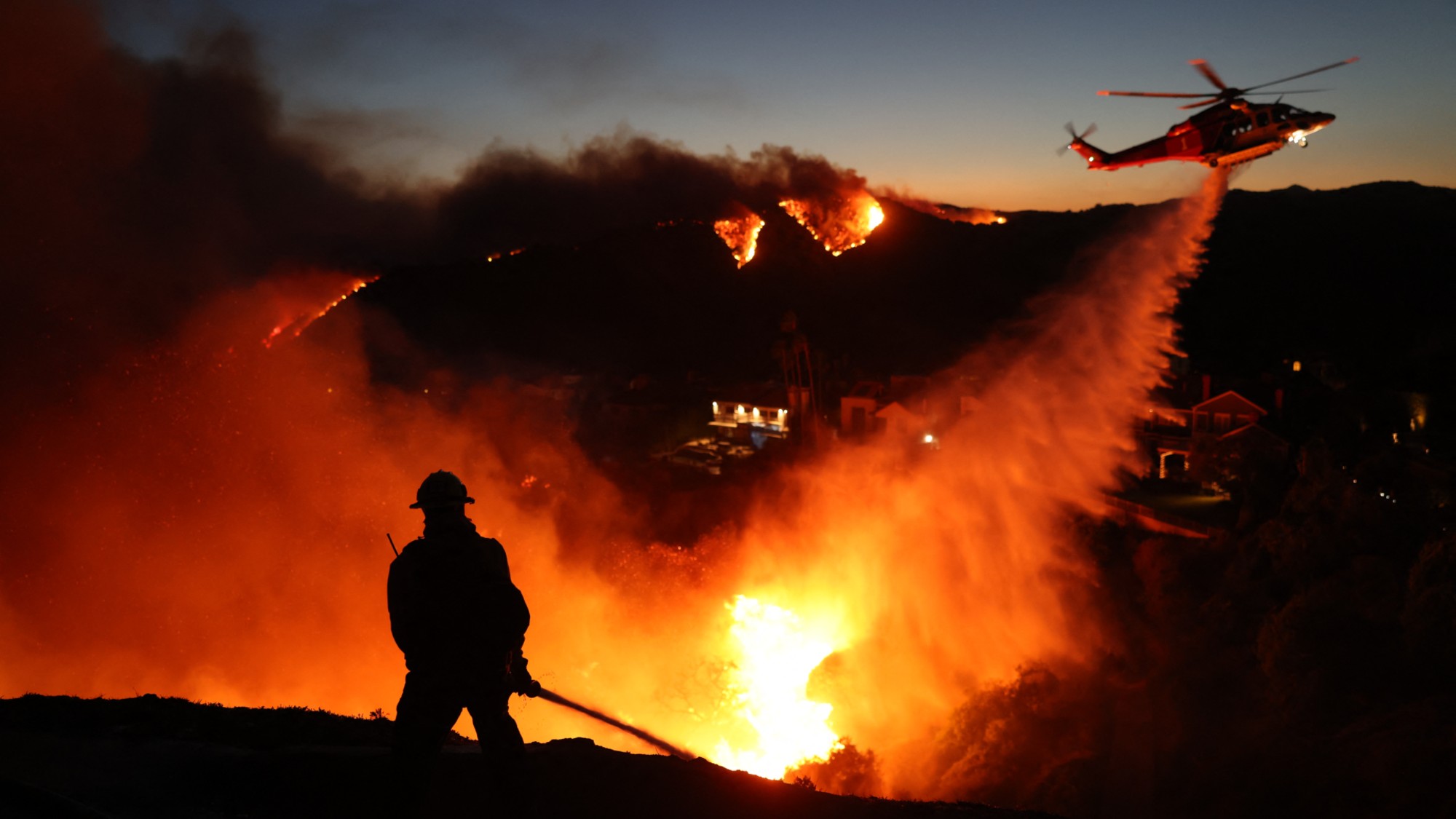
Much of Los Angeles remains burning as this month's wildfires continue to wreak destruction on America's second-largest city. The Eaton Fire in Altadena has killed at least 17 people, while the Palisades Fire has burned 24,000 acres and destroyed almost the entire neighborhood of the Pacific Palisades. More than 12,300 structures across Los Angeles have been destroyed, according to the California Department of Forestry and Fire Protection.
But while the January fires rank as the most destructive in Los Angeles history, they have not been as damaging as others in the Golden State. They are among only some of the worst wildfires California has ever seen.
Camp Fire (2018)
The 2018 Camp Fire ranks as the most destructive and deadliest wildfire in California history. Located in the state's northern Butte County, the Camp Fire burned over 150,000 acres. In the nearby town of Paradise, residents "were hit from three sides by massive walls of fire," and "thousands of homes and businesses were lost in the matter of a couple of hours. A town of some 26,000 people was utterly destroyed," said the Butte County website.
The Week
Escape your echo chamber. Get the facts behind the news, plus analysis from multiple perspectives.

Sign up for The Week's Free Newsletters
From our morning news briefing to a weekly Good News Newsletter, get the best of The Week delivered directly to your inbox.
From our morning news briefing to a weekly Good News Newsletter, get the best of The Week delivered directly to your inbox.
The fire killed 85 people, and it was determined that the inferno was "caused by the failure of a worn and neglected piece of Pacific Gas & Electric equipment on a transmission tower," said The Associated Press.
Tubbs Fire (2017)
The Tubbs Fire, also in Northern California, targeted parts of Lake, Sonoma and Napa Counties. It is remembered for its quickness; in four hours, the blaze "vaulted the seemingly insurmountable barrier of Highway 101 — six lanes, plus median and shoulders — before it laid waste to the city neighborhood of Coffey Park," said The Press Democrat. By the next day, more than 3,000 homes had been destroyed.
The fire caused 22 deaths in the state's wine country, destroying 5,600 structures in total. It was later revealed that the cause of the fire was a "private electrical system adjacent to a residential structure," said NBC News.
Palisades / Eaton Fires (2025)
The ongoing fires in Los Angeles are the worst in the city's history. In the Pacific Palisades, more than "1,200 commercial and residential structures have been destroyed," and the 24,000-acre fire has "wreaked havoc across 36 square miles, transforming entire communities into piles of ash," said USA Today. The Eaton blaze, targeting Altadena, has burned 14,000 acres, according to Cal Fire, and has destroyed large swaths of the area north of Pasadena.
A free daily email with the biggest news stories of the day – and the best features from TheWeek.com
The blazes remain largely uncontained, and 27 people have died in five total L.A. fires, with thousands forced to flee. A "preliminary estimate of the total damage and economic loss" is "between $135 billion and $150 billion," according to AccuWeather.
August Complex Fire (2020)
Started by lightning strikes in the forests of Northern California, the August Complex Fire is the largest wildfire in California history by area, covering more than 1 million acres. It burned 935 structures and was deemed a "gigafire," a "term for a blaze that burns at least a million acres of land and a level above the 'megafire,' which burns more than 100,000 acres," said CNN.
One person died in the fire, and infernos this size are becoming increasingly common. California's wildfires have "increased in size eightfold since the 1970s, and the annual area burned by fires has increased by nearly 500%," said CNN.
Dixie Fire (2021)
Less than a year after the August Complex blaze, Northern California was hit with the Dixie Fire, which at 963,309 acres was the "largest single fire in California history," said the National Park Service. It is also the second-largest wildfire in the state overall after the August Complex inferno.
One person died in the Dixie Fire, which, as with all other California wildfires, resulted in a massive price tag; insurers paid out $2.88 billion in losses, according to Reuters.
Justin Klawans has worked as a staff writer at The Week since 2022. He began his career covering local news before joining Newsweek as a breaking news reporter, where he wrote about politics, national and global affairs, business, crime, sports, film, television and other news. Justin has also freelanced for outlets including Collider and United Press International.
-
 The biggest astronomy stories of 2025
The biggest astronomy stories of 2025In the spotlight From moons, to comets, to pop stars in orbit
-
 The 8 best comedy movies of 2025
The 8 best comedy movies of 2025the week recommends Filmmakers find laughs in both familiar set-ups and hopeless places
-
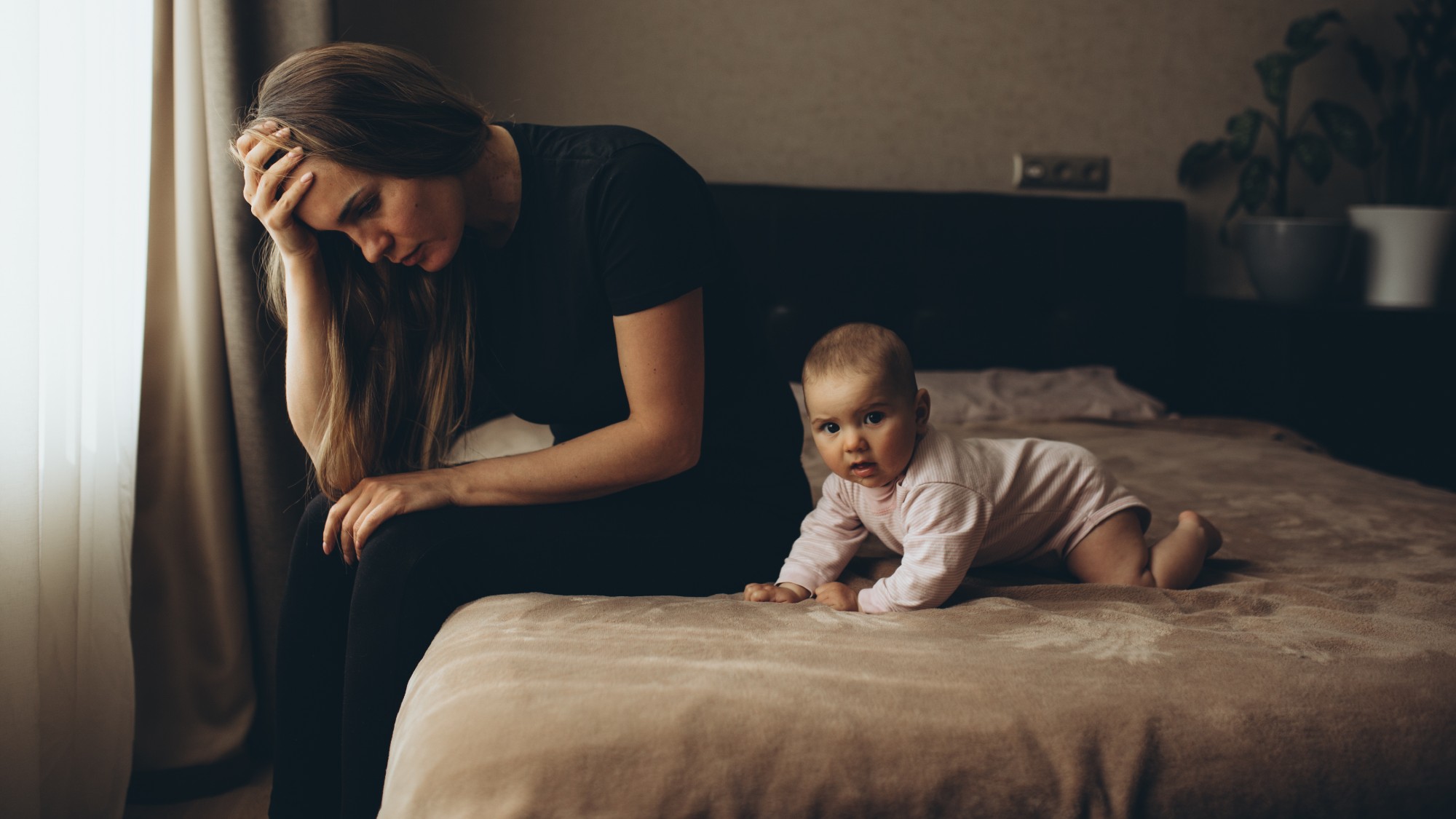 ‘Care fractures after birth’
‘Care fractures after birth’instant opinion Opinion, comment and editorials of the day
-
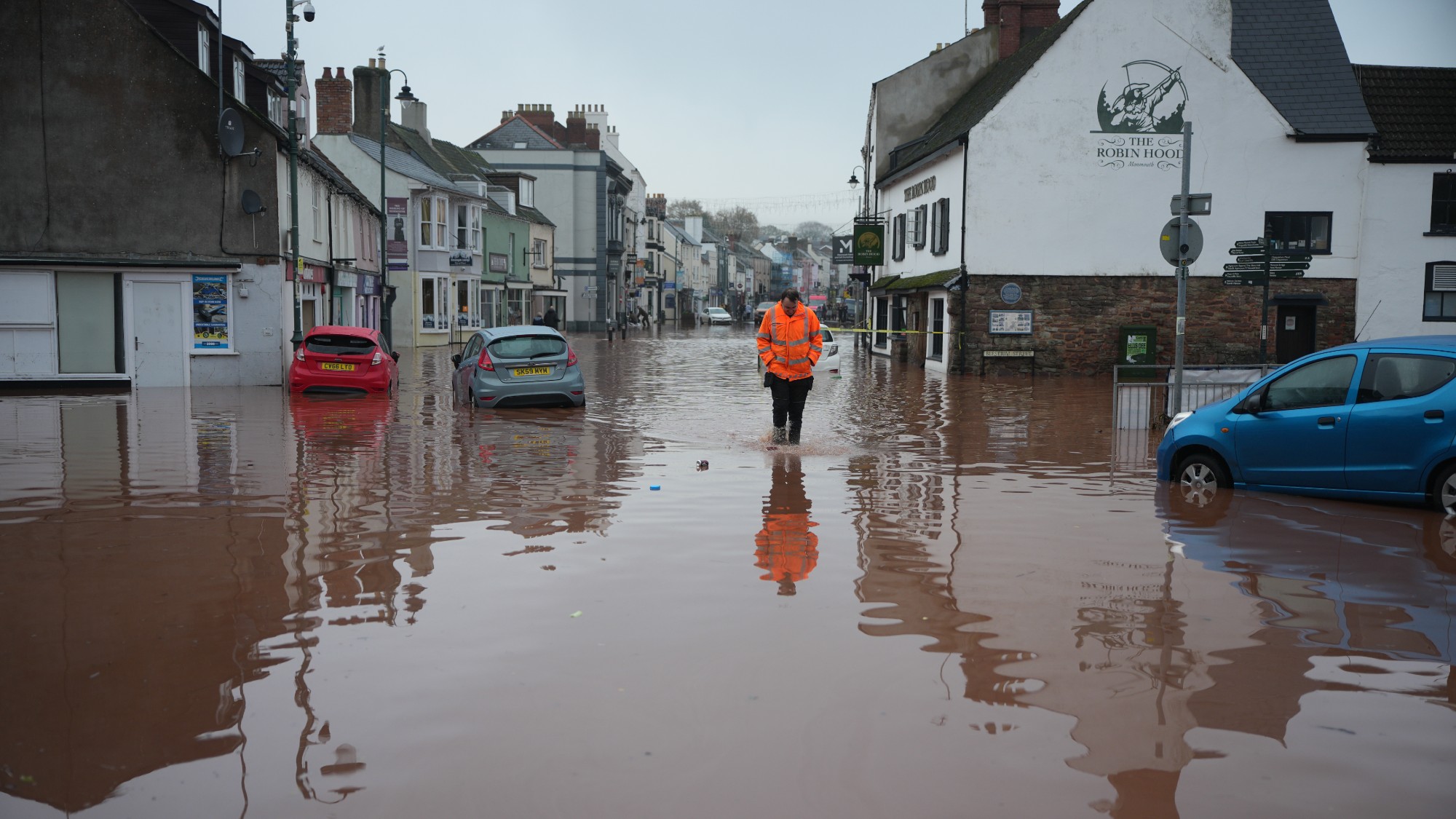 How will climate change affect the UK?
How will climate change affect the UK?The Explainer Met Office projections show the UK getting substantially warmer and wetter – with more extreme weather events
-
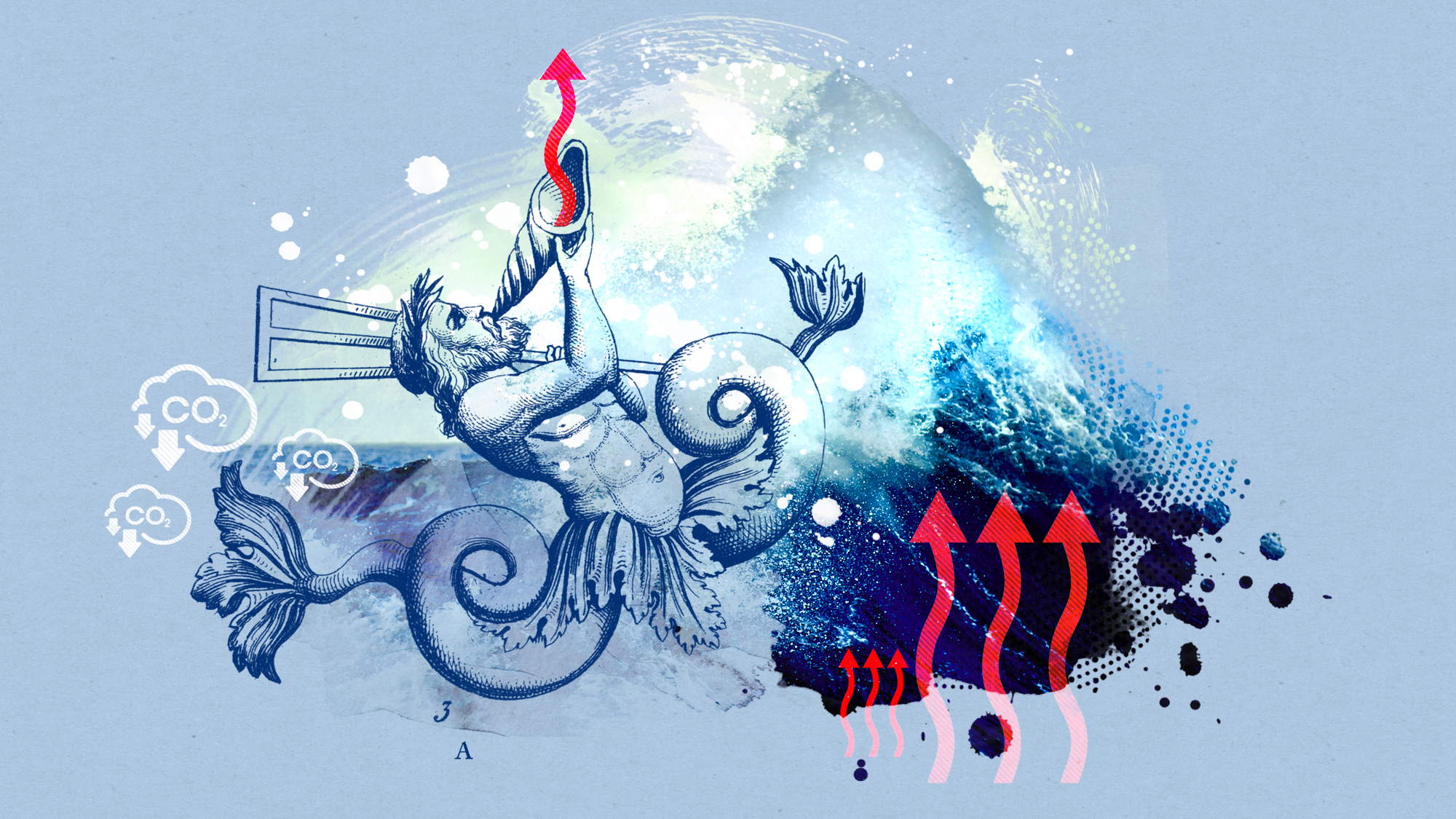 The Southern Ocean is holding in a ‘burp’
The Southern Ocean is holding in a ‘burp’Under the radar The heat from the past can affect the future
-
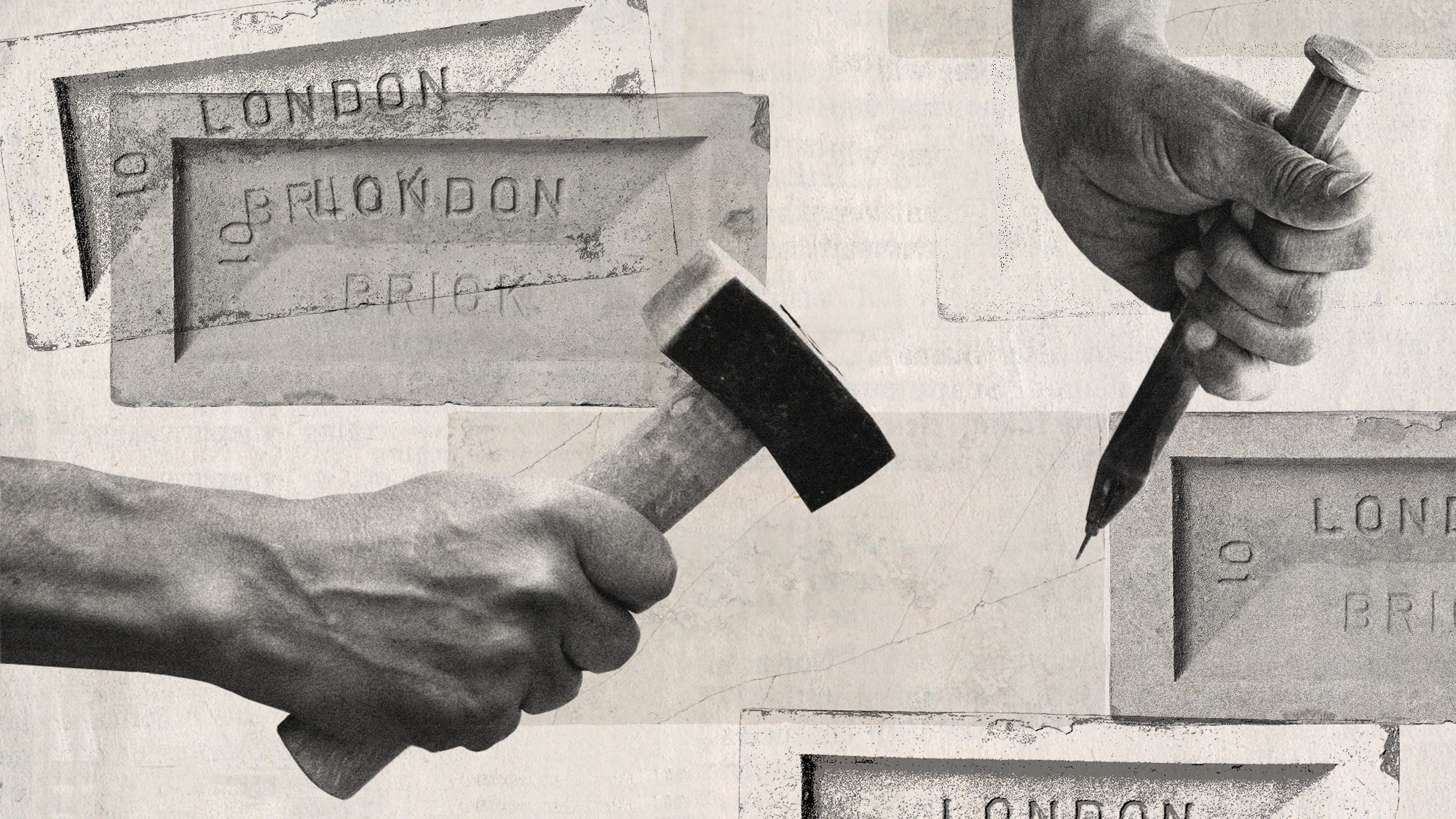 Builders return to the stone age
Builders return to the stone ageUnder the Radar With brick building becoming ‘increasingly unsustainable’, could a reversion to stone be the future?
-
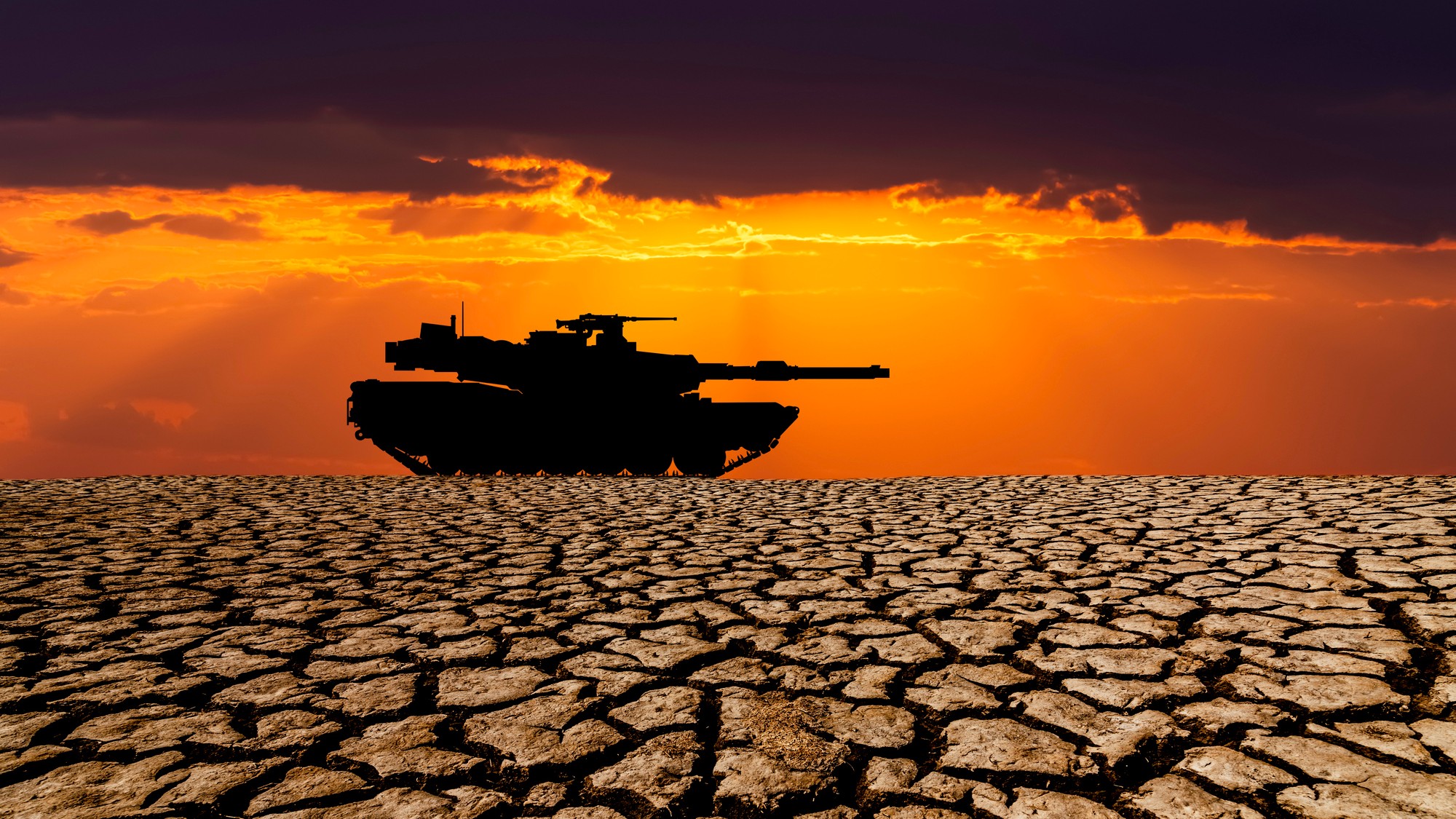 How climate change poses a national security threat
How climate change poses a national security threatThe explainer A global problem causing more global problems
-
 Scientists want to use enhanced rock weathering to cool the Earth
Scientists want to use enhanced rock weathering to cool the EarthUnder the radar Rock dust could trap atmospheric carbon
-
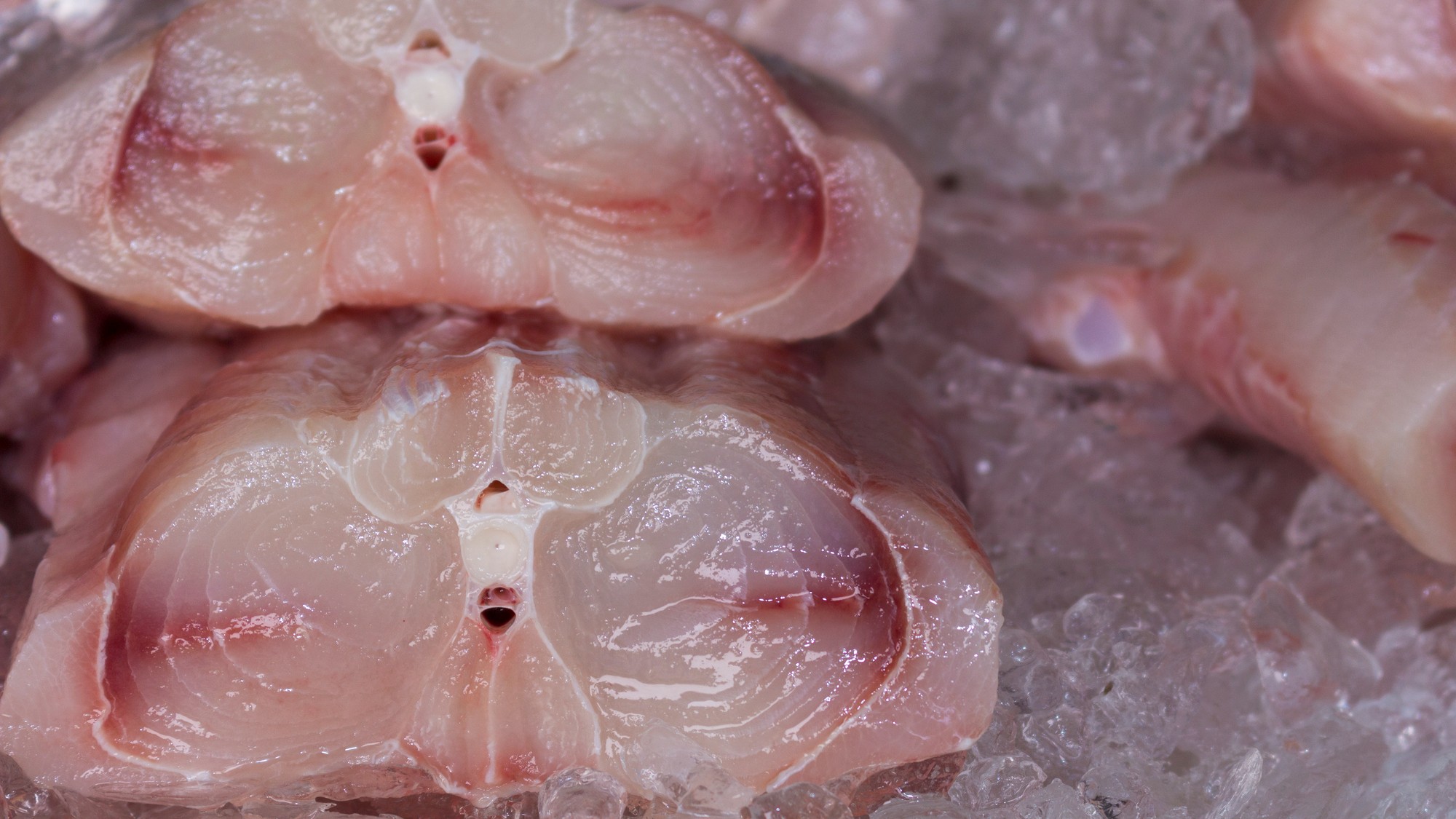 Endangered shark meat is being mislabeled and sold in the US
Endangered shark meat is being mislabeled and sold in the USUnder the radar It could cause both health and ecological problems
-
 How 'freakosystems' are becoming the norm
How 'freakosystems' are becoming the normThe explainer Ecosystems are changing permanently
-
 Blue whales have gone silent and it's posing troubling questions
Blue whales have gone silent and it's posing troubling questionsUnder the radar Warming oceans are the answer
